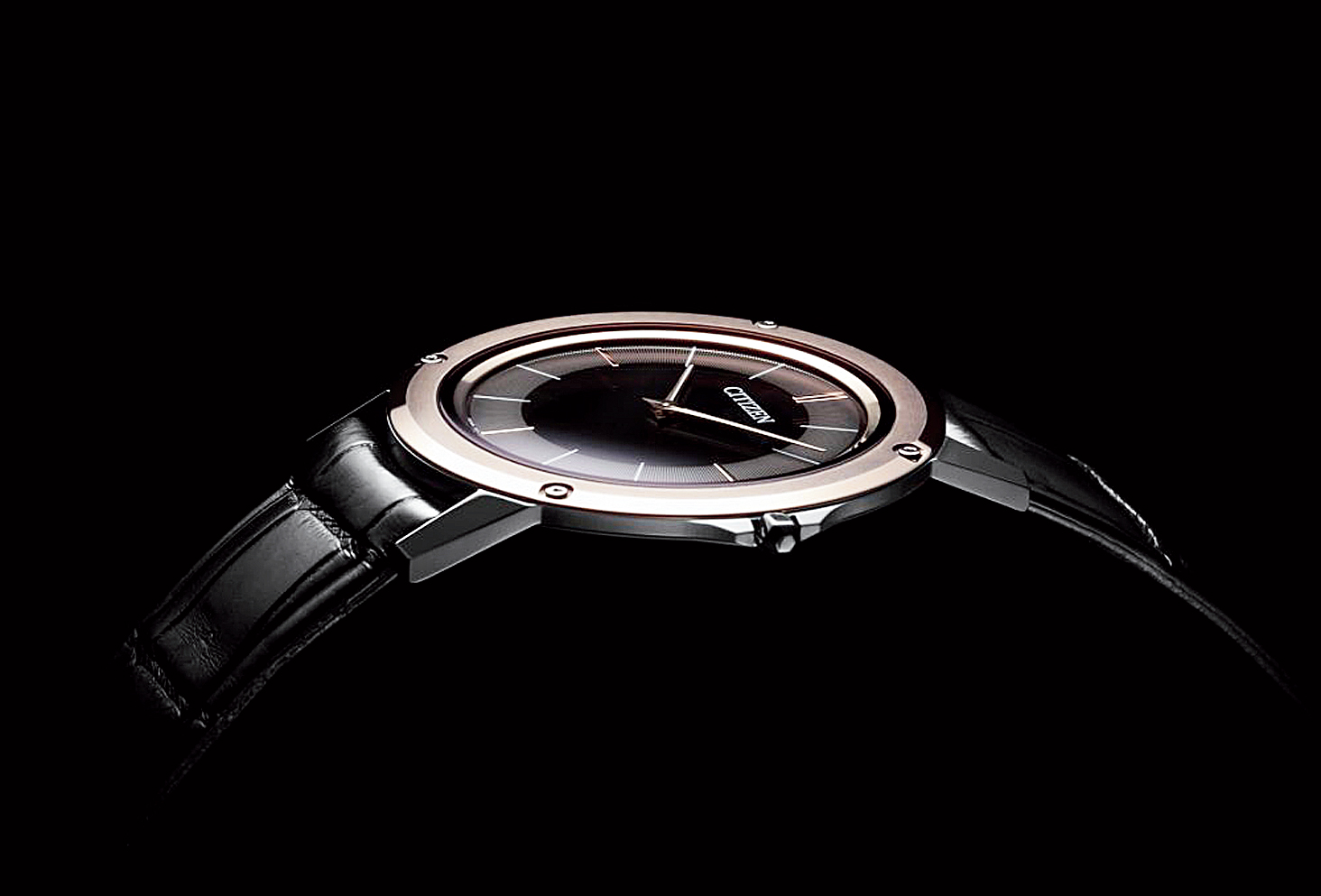Green is good. That’s what Michael Douglas’ Gordon Gekko would probably have said if they had made the movie Wall Street today. And that’s what a few watchmakers seem to be saying as well. They are making timepieces that run on renewable energy — mostly solar power and, in one case, body heat. That’s not all. Whether it’s slim watches or those that are accurate to one second in 100,000 years, these offerings are right on the leading edge. Here’s a selection that’s good enough to make people go green — with envy.

Casio G-Shock GSG-100-1A3DR is for people who need to work in places with rubble, dirt, and debris Source: Casio
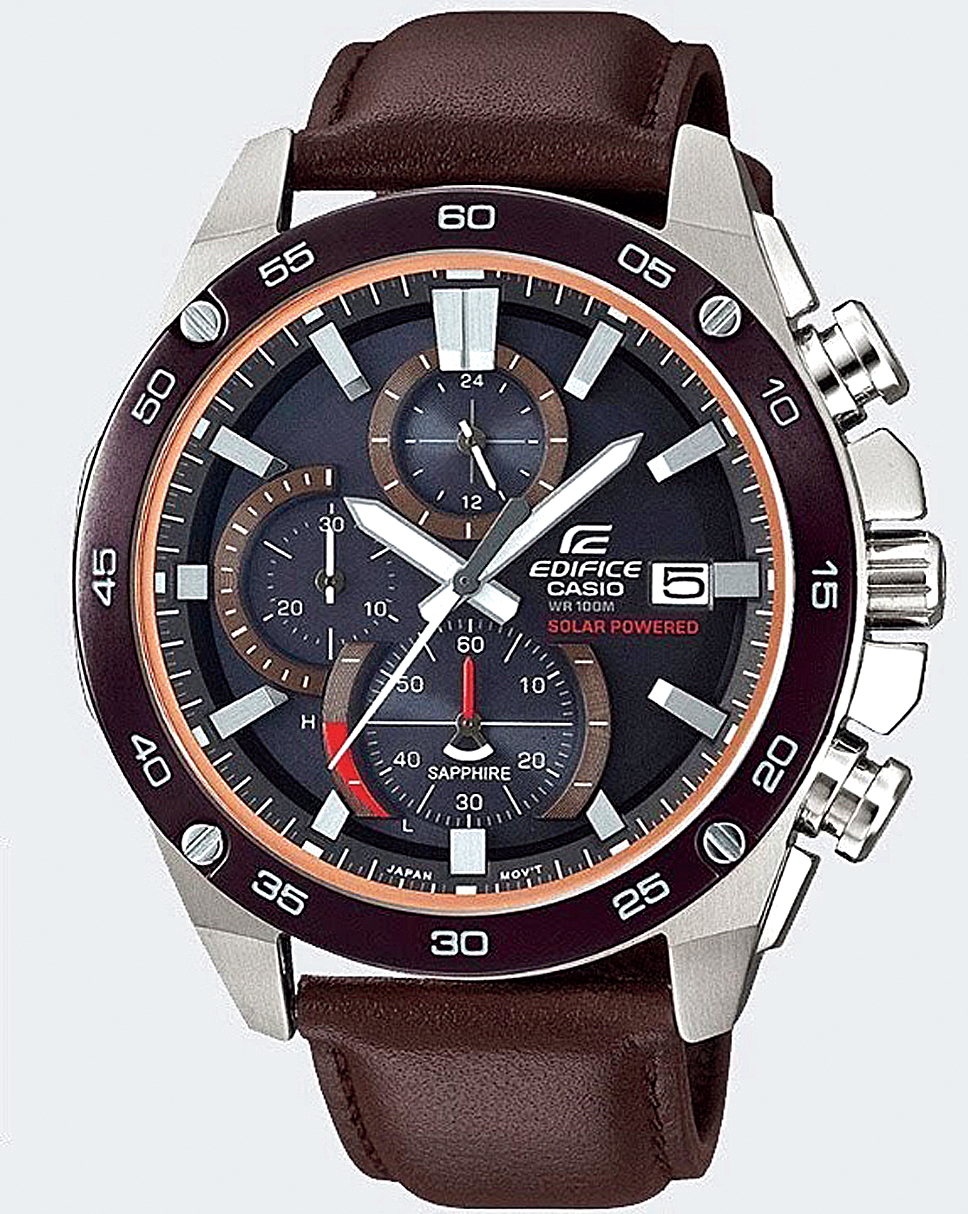
Casio Edifice EFS-S500BL: A full charge of the battery is good enough to let it run for five months Source: Casio
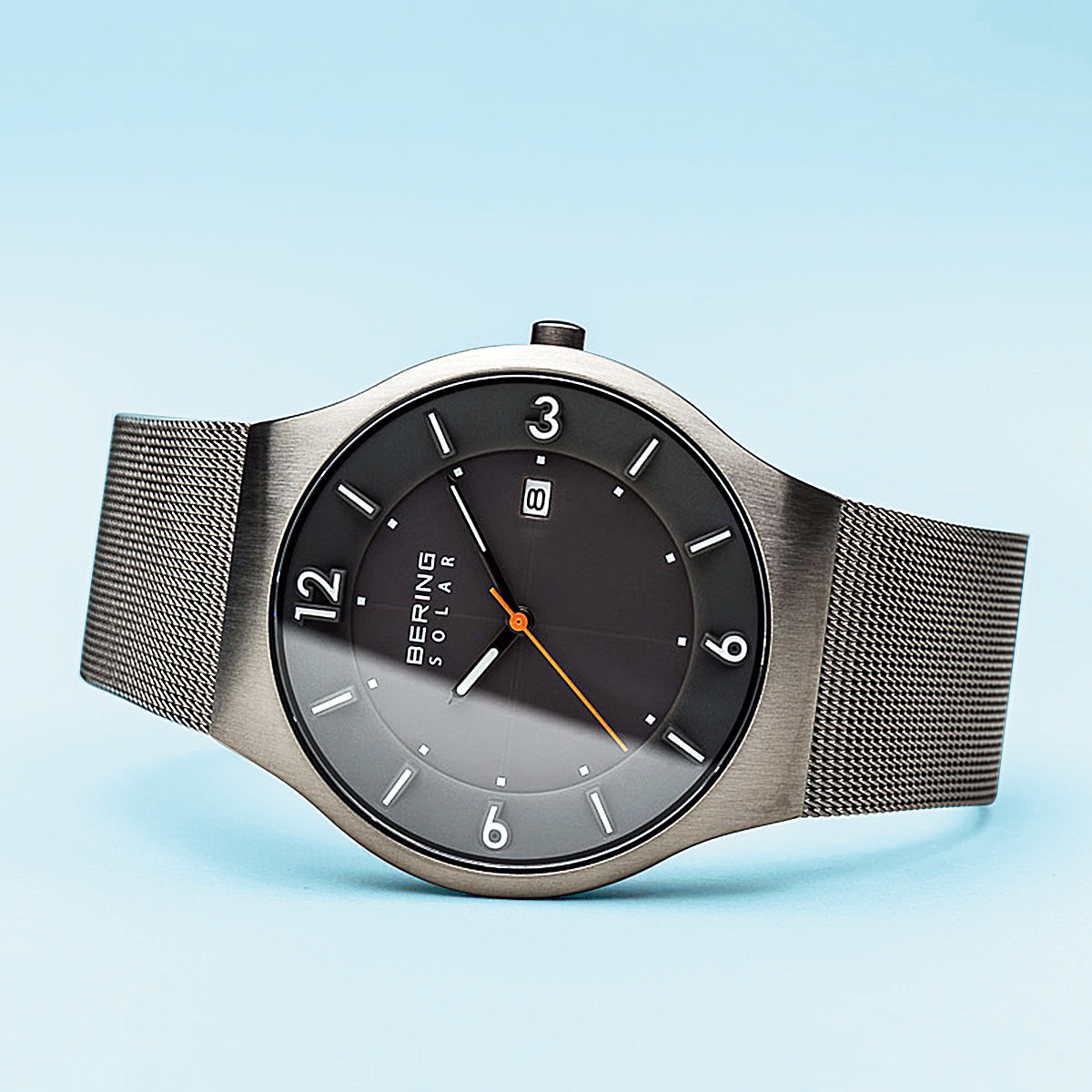
The Bering Slim Solar can run for anywhere between six and 12 months on a fully charged battery Source: Bering
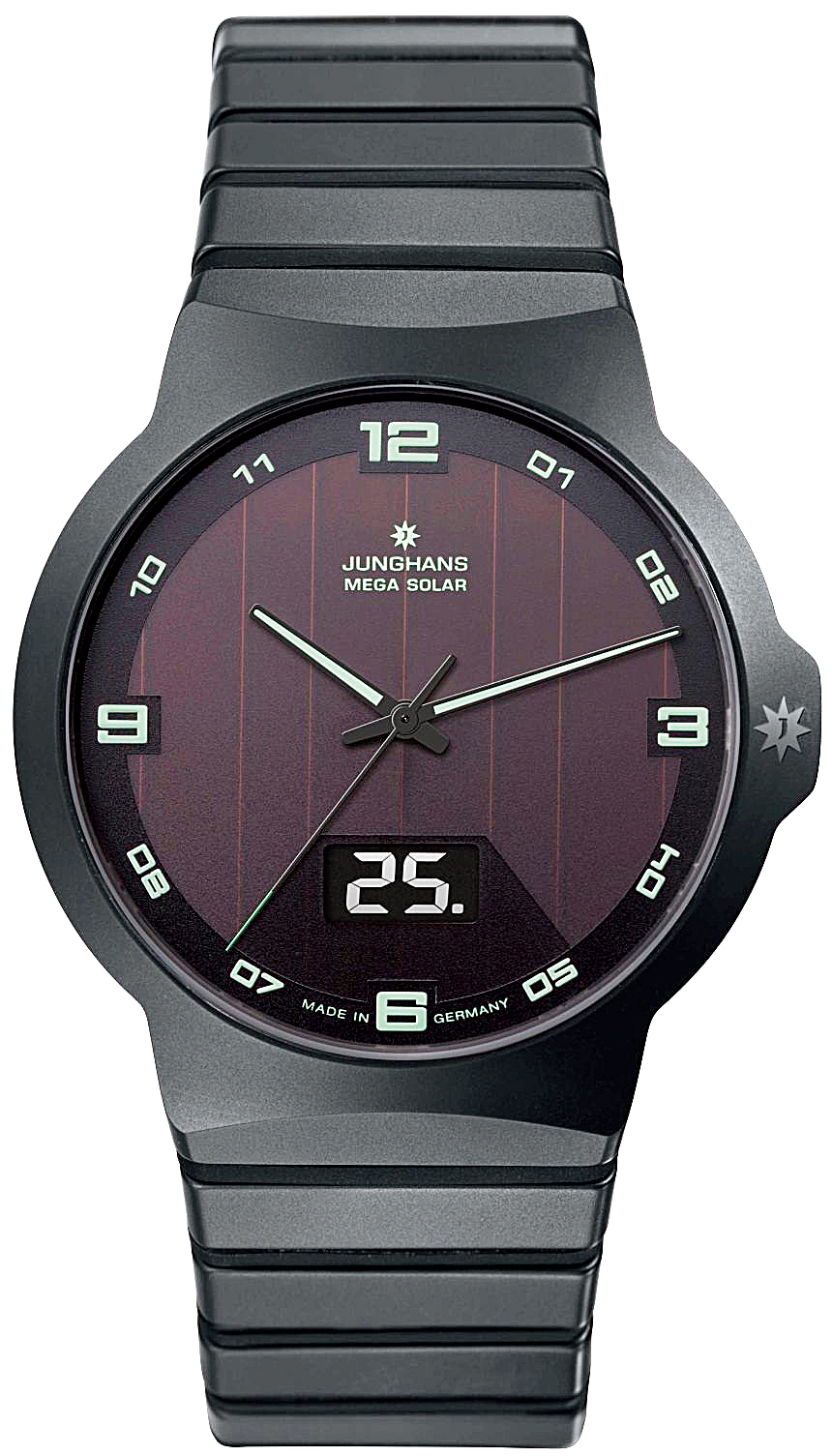
Junghans Force Mega Solar has a power reserve of 21 months Source: Junghans

The Seiko Astron GPS Solar 5X is the world’s smallest and thinnest GPS solar watch Source: Seiko
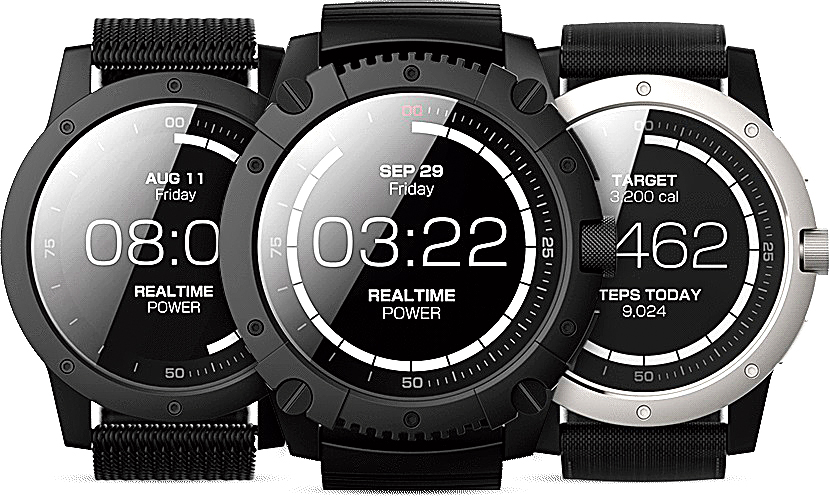
The Matrix Powerwatch runs on body heat Source: Matrix
Bering Slim Solar
Danish company Bering makes a number of watches with typical Scandinavian minimalism and the Slim Solar is one of its lines that uses light to run. The solar cell under the watch face stores the power in a rechargeable secondary battery. Once the battery is fully charged, it can run for anywhere between six and 12 months, even if stored in complete darkness. Scratch-resistant sapphire crystals and brushed stainless steel create a sense of understated class. And its design makes it look slimmer than its 9mm.
Citizen Eco-Drive One
Citizen created its Eco-Drive range of sleek solar-powered watches once they figured how to make a ring-like solar panel that could be hidden away under a translucent dial. The recent Eco-Drive One is now the contender for the title of the world’s thinnest light-powered watch with a movement — which has 85 components — that’s only 1mm thick (hence the name). The watch limbos under the 3mm mark with 200th of a millimetre to spare. Once it is fully charged, it will run for 300 days without a further need to charge it.
Casio G-Shock GSG-100-1A3DR
The Mudmaster is possibly the toughest solar watch in the market. An extreme Casio G-Shock, it is for people who need to work in places with rubble, dirt, and debris. The new GSG-100-1A3DR packs solar-powered operation into the already formidable mix. The design is rugged with wide hour and minute hands and large Arabic numeral hour markers make the watch easy to read in tough conditions. It’s got dual LED lighting to help. Cylindrical piping protects buttons against impact and improves their operation, and gaskets inside the buttons prevent the entry of fine sand and dust particles. Throw what you’ve got at it!
Junghans Force Mega Solar
German watchmaker Junghans probably has the most foolproof solution for accuracy — radio control. The Mega uses the latest generation of multi-frequency radio-controlled receivers to read the long-wave time signals from transmitters in Japan, Germany (this one is connected to the atomic clock) and the US to synchronise the watch daily. So, the time doesn’t vary by more than a few thousandth of a second. It also adjusts to summer and winter times. If it cannot get a radio signal, it still runs with quartz precision. Running on light energy, it has a power reserve of 21 months.
Seiko Astron GPS Solar 5X
With the Astron watch driven by the newly-developed 5X series movement, Seiko claims to have made the world’s smallest and thinnest GPS solar watch. It’s 42.9mm in diameter and 12.2mm in depth. This watch talks to the GPS network in any location in the world and adjusts the time automatically. Meant for those who travel across different time zones often, this watch also has a dual-time function along with a chronograph. Since it is solar-powered, it doesn’t need any battery change and as it sets according to the daylight saving time in a place, it is accurate to a second in 100,000 years, the precision of an atomic clock.
Casio Edifice EFS-S500BL
This is a classy piece and looks all of it. Luckily, the quartz mechanism running on solar power keeps it affordable. The features list is impressive. It has a battery level indicator, stopwatch with three dials, three measuring modes (elapsed time, split time, and first-second place times), date display and is accurate to 20 seconds per month. A full charge of the battery is good enough to let it run for five months. It is also water resistant to 100m. The case is stainless steel and the sapphire glass has a non-reflective coat.
Matrix Powerwatch
This is probably just the second attempt ever to run a watch on body heat. The Matrix PowerWatch has a tiny thermoelectric generator that makes electricity using a difference in temperature between the human body and the surroundings. It is also the first time anyone is trying this technology in a smartwatch that measures things like calories burned, activity level and sleep. Way back in 1980, another American watch company, Bulova, had introduced the Thermatron, which was the first watch to run on the body heat of the wearer. The PowerWatch not only does that but also shows how much electrical power a user is generating. When taken off the wrist, it stores all data in its memory and goes into sleep mode. When it is put back on, it starts up from where it left off. It has got a power meter, too, that tells you how much electricity your body heat is producing. This chunky watch (46mm or 50mm diameter) is available in three variants, PowerWatch, PowerWatch Black Ops Special Edition and the PowerWatch X.

